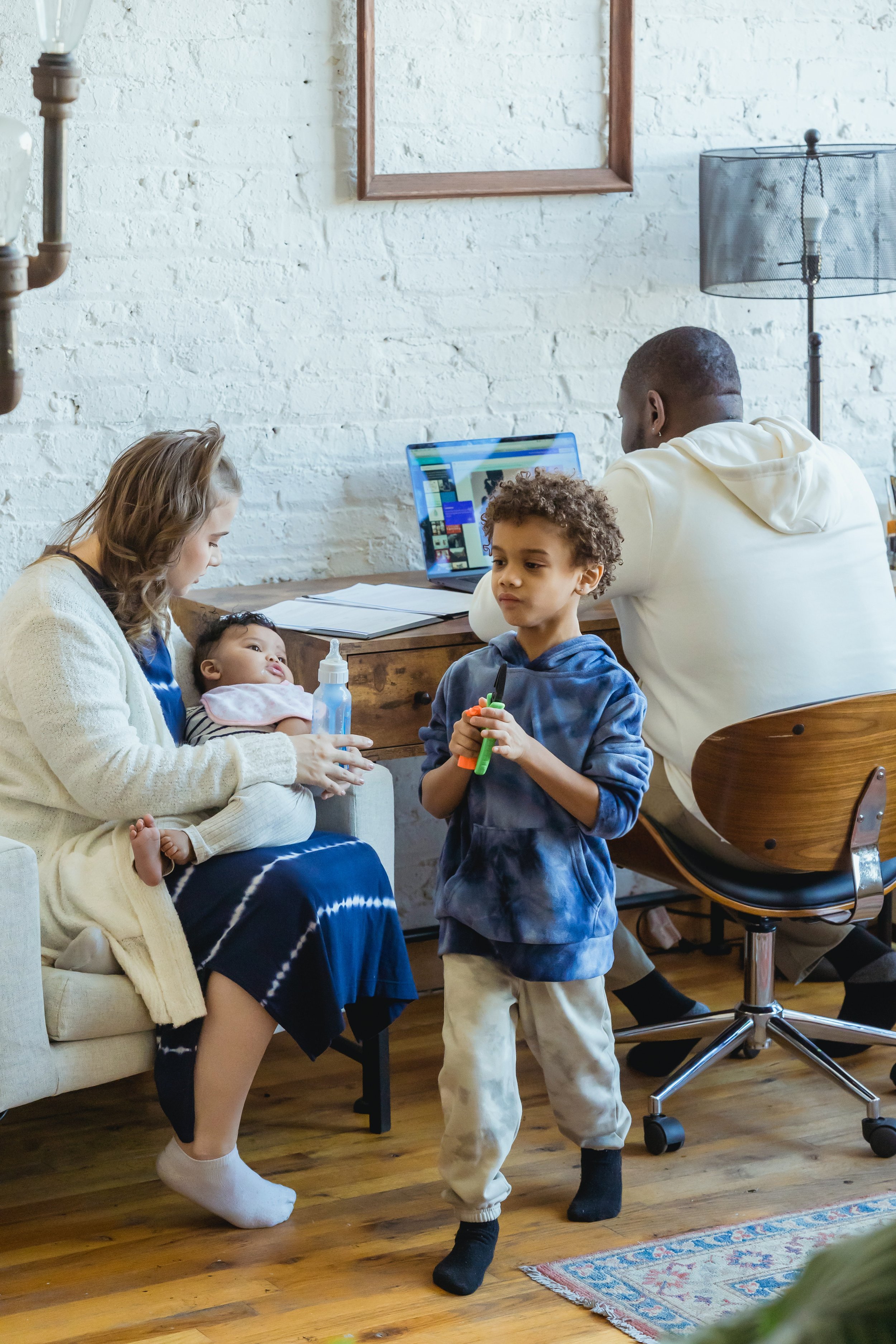“Do I have to be here while you’re doing this?” said my client (a busy mom of three). I could hear the overwhelm in her voice.
“No, you don’t have to,” I replied.
“Oh,” she said, with a smile of relief, “that’s great!”
Two styles of home organizing
There are two styles of organizing that you may or may not be familiar with. There is “Do It With Me”, and then there’s “Do It For Me”.
“Do It With Me”. That’s where the professional organizer (me!) and the client (you!) work together, side-by-side. The client makes the decisions, as I guide him or her through the organizing process in a way that works for their space, their lifestyle, and their belongings. I’m there to help with decluttering and sorting, as well as the “where should I put this?” decisions that come afterwards. The end result: an organized space.
“Do It For Me”. That’s where I, the professional organizer, work unsupervised in a client’s home. I’ll do the organizing for them, based on the goals, preferences, and details they’ve has shared with me. Again, the end result is an organized space.
Sometimes you’ll hear talk about how the “Do It For Me” style isn’t as good. “Oh, the client always needs to be involved in the process! Otherwise it’ll all be for naught.” Well, sometimes that can be true. But to declare this as a blanket statement is both incorrect, and unfair.
First of all, although not everyone may have the skills or experience to create a system from scratch, many people do just fine following a system that’s been set up for them (ideally, after discussing their specific goals and needs with the organizer.)
Second, this blanket statement assumes that everybody has the ability to take time off to work with a professional organizer. This is not the case. A professional with a highly demanding job, an overwhelmed mom or dad, a caregiver for an elderly parent—these are just some of the folks who may not have the freedom to “Just take a day off”.
And yet they all deserve an organized, peaceful home that works for them.


























